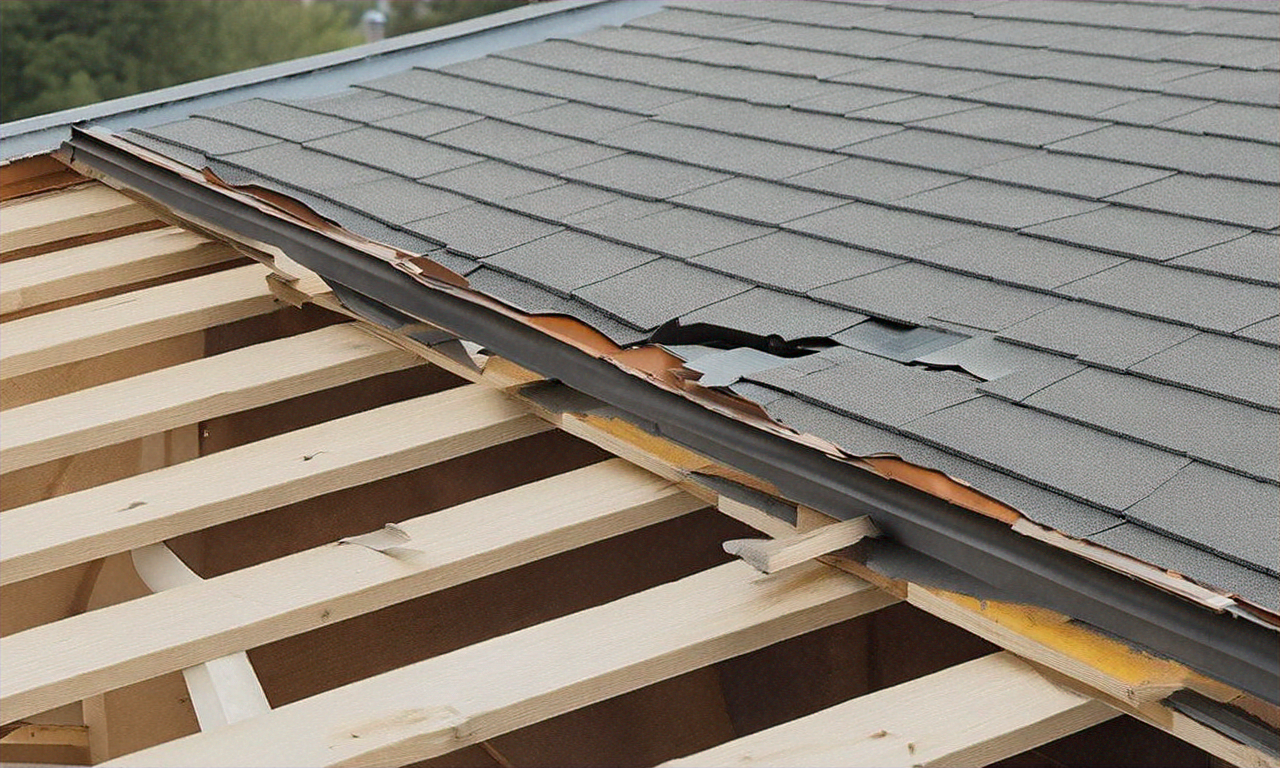The Ultimate Guide to Roofing Services: Protecting Your Home's Crown
A sturdy roof is the unsung hero of every building, silently shielding us from the elements and contributing significantly to our comfort and safety. Whether you're a homeowner or a property manager, understanding roofing services is crucial for maintaining the integrity of your structure. This comprehensive guide will explore the world of roofing, from common issues to professional solutions, helping you make informed decisions about your roof's care and maintenance.

Another common problem is wear and tear from weather exposure. Harsh sunlight, heavy rains, strong winds, and cycles of freezing and thawing can all contribute to the deterioration of roofing materials. This can manifest as cracked or missing shingles, warped metal panels, or degraded sealants around roof penetrations.
Inadequate ventilation is also a significant issue that many homeowners overlook. Poor attic ventilation can lead to heat and moisture buildup, causing premature aging of roofing materials and potentially voiding manufacturer warranties. It can also contribute to ice dam formation in colder climates, which can cause extensive damage to both the roof and the building’s interior.
How often should you have your roof inspected?
Regular roof inspections are crucial for identifying and addressing potential issues before they escalate into costly repairs. As a general rule, homeowners should have their roofs professionally inspected at least once every three years. However, this frequency may need to be increased depending on several factors:
-
Age of the roof: Older roofs may require more frequent inspections, especially as they near the end of their expected lifespan.
-
Local climate: Areas prone to severe weather events like hurricanes, hailstorms, or heavy snowfall may necessitate bi-annual inspections.
-
Surrounding environment: Homes in areas with many trees might need more frequent checks for debris accumulation and potential damage from falling branches.
-
Recent extreme weather: After any significant storm or weather event, it’s wise to have a professional assessment to check for damage.
In addition to professional inspections, homeowners should perform visual checks from the ground after each season, looking for obvious signs of damage or wear. This proactive approach can help catch minor issues before they develop into major problems.
What services do professional roofers typically offer?
Professional roofing contractors provide a wide range of services to address various roofing needs. These typically include:
-
Roof inspections and assessments: Thorough evaluations of the roof’s condition, identifying potential issues and recommending appropriate actions.
-
Repairs: Fixing leaks, replacing damaged shingles or tiles, repairing flashing, and addressing other localized problems.
-
Complete roof replacements: When repairs are no longer cost-effective, or the roof has reached the end of its lifespan, contractors can install entirely new roofing systems.
-
New construction roofing: Installation of roofing on newly built structures, ensuring proper integration with the building’s design and local building codes.
-
Maintenance programs: Regular service plans to keep roofs in optimal condition, often including cleaning, minor repairs, and preventative measures.
-
Emergency services: Rapid response to sudden damage from storms or accidents to prevent further harm to the building.
-
Gutter installation and repair: Many roofing contractors also handle gutter systems, which are crucial for proper roof drainage.
-
Ventilation improvements: Installing or upgrading attic ventilation systems to enhance roof performance and longevity.
How do you choose the right roofing contractor?
Selecting the right roofing contractor is crucial for ensuring quality work and protecting your investment. Here are key factors to consider:
-
Licensing and insurance: Verify that the contractor is properly licensed in your state and carries both liability insurance and workers’ compensation coverage.
-
Experience and reputation: Look for contractors with a solid track record in your area. Check online reviews, ask for references, and inquire about their experience with your specific type of roofing project.
-
Written estimates: Obtain detailed written estimates from multiple contractors. These should include specifics about materials, labor costs, project timeline, and warranty information.
-
Material quality: Inquire about the types and brands of materials the contractor uses. High-quality materials often come with better warranties and longer lifespans.
-
Warranty offerings: Understand both the manufacturer’s warranty on materials and the contractor’s warranty on workmanship.
-
Communication: Choose a contractor who communicates clearly and is willing to answer your questions thoroughly.
-
Local presence: Local contractors are often more familiar with regional building codes and climate considerations.
-
Professional affiliations: Membership in professional organizations can indicate a commitment to industry standards and ongoing education.
What are the latest trends in roofing technology?
The roofing industry is continually evolving, with new technologies and materials emerging to improve durability, energy efficiency, and aesthetics. Some current trends include:
-
Cool roofing: Materials designed to reflect more sunlight and absorb less heat, reducing energy costs and urban heat island effects.
-
Solar tiles: Integrated solar panels that function as both roofing material and renewable energy source.
-
Green roofs: Vegetation-covered roofs that provide insulation, manage stormwater, and create urban green spaces.
-
Synthetic materials: Advanced polymer-based roofing products that mimic the look of natural materials while offering improved durability and weather resistance.
-
Smart roofing systems: Integration of sensors and monitoring technology to detect leaks, assess damage, and optimize energy performance.
-
Recycled and sustainable materials: Eco-friendly roofing options made from recycled content or renewable resources.
-
Impact-resistant materials: Products designed to withstand severe weather events, particularly in hail-prone regions.
By staying informed about these trends, property owners can make forward-thinking decisions when it comes time for roof repairs or replacements.
In conclusion, roofing services play a vital role in protecting our homes and buildings. Regular maintenance, timely repairs, and informed decision-making are key to ensuring the longevity and performance of your roof. By understanding the basics of roofing services and staying aware of industry trends, you can better care for your property’s most important protective feature – its roof.






